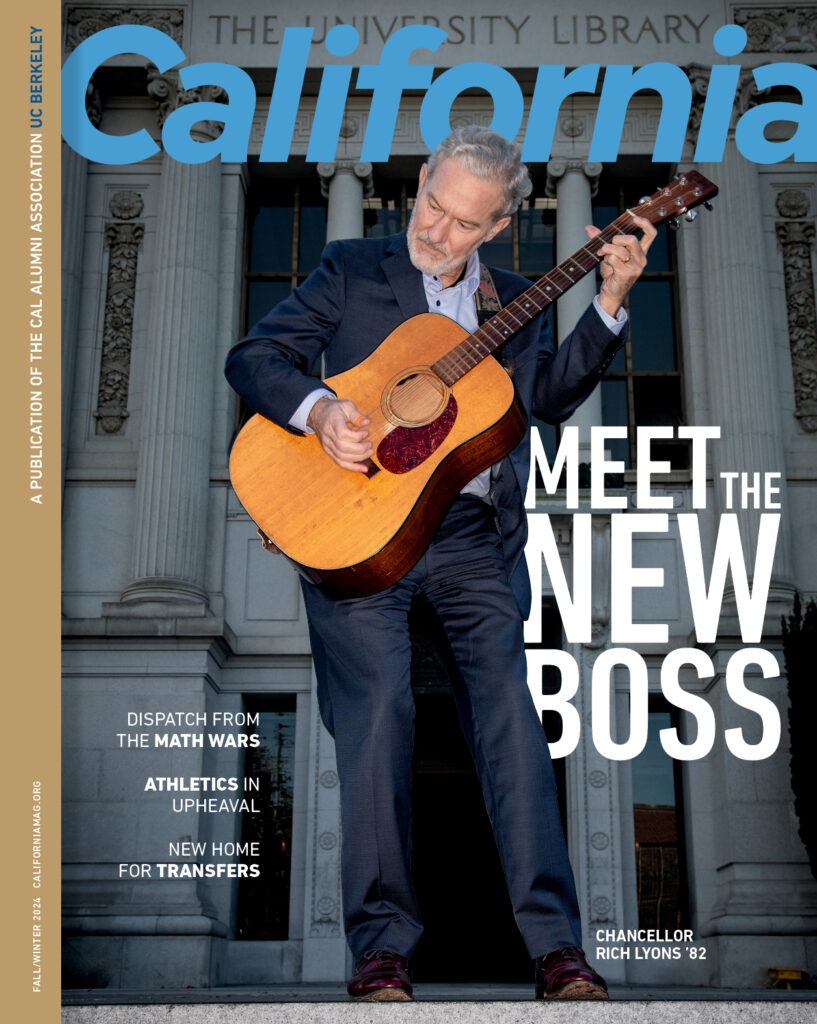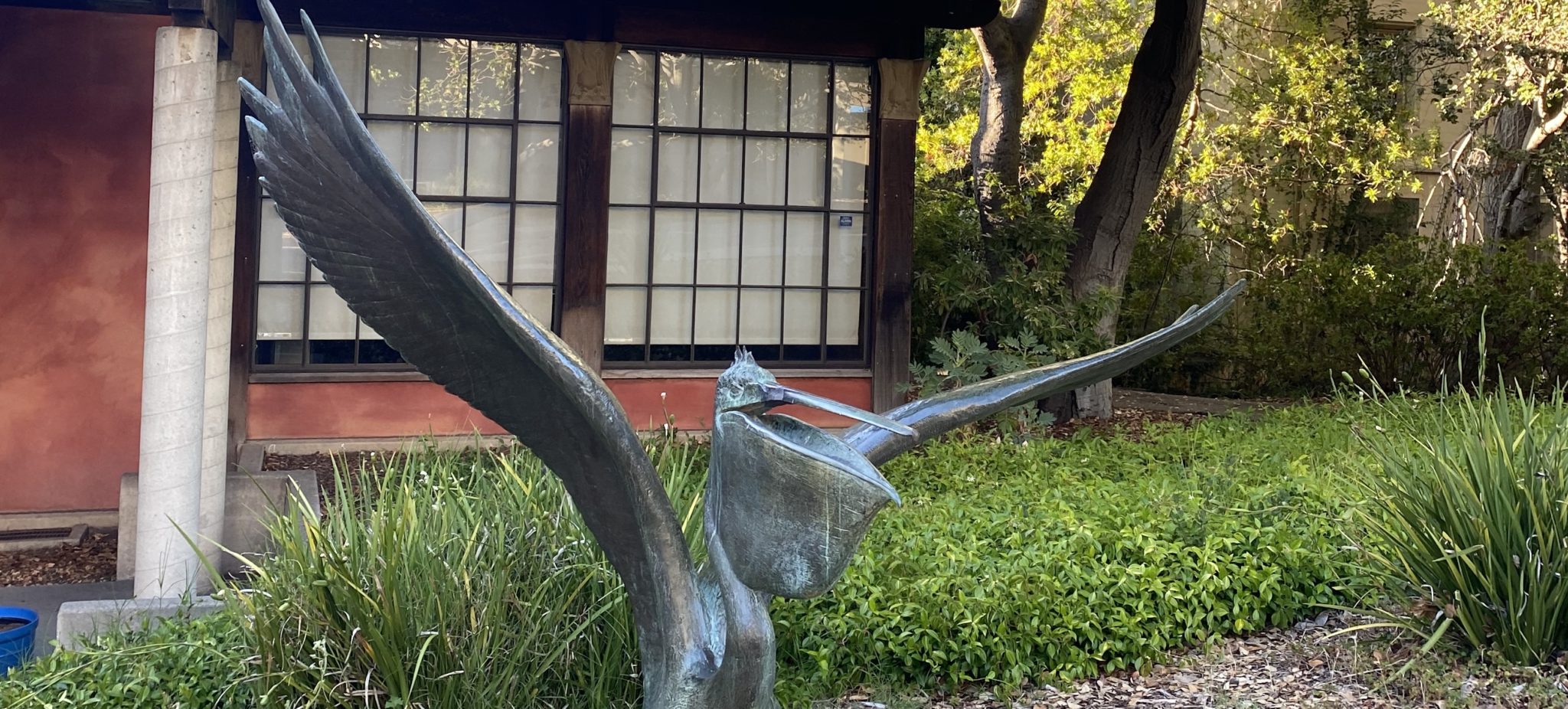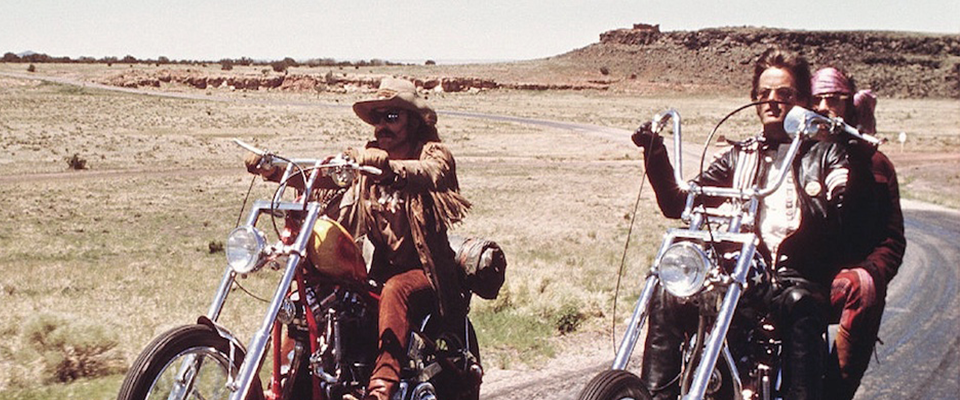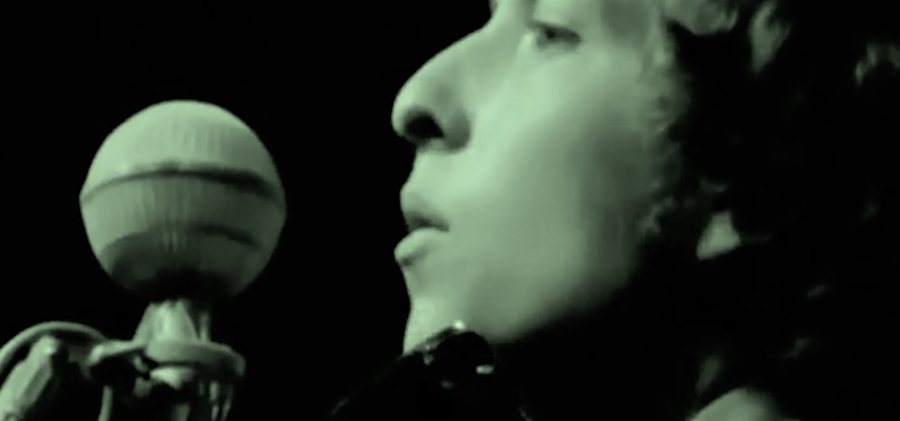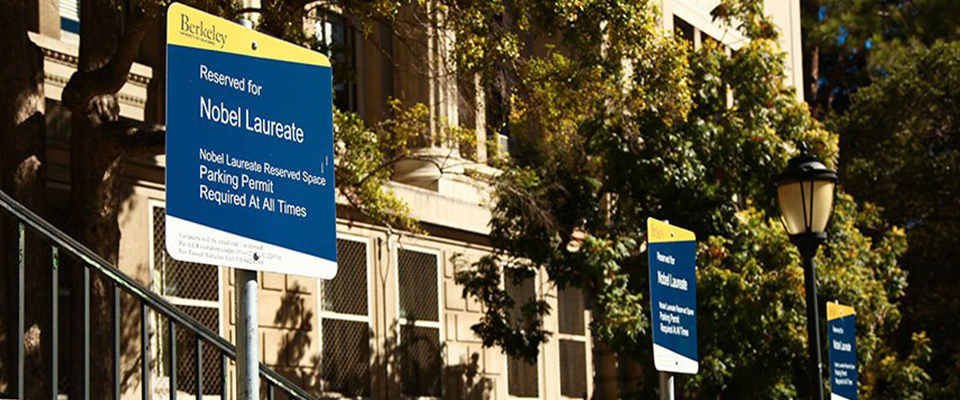Many Berkeleyans know that Nobel Prize-winning poet Czeslaw Milosz taught at Cal for many years. Fewer likely remember that his fellow laureate Seamus Heaney, the distinguished poet from Northern Ireland, came to UC Berkeley twice on temporary appointments, the first for two semesters in 1970-1 and the second for a single term in 1976. In 1970 he was a still somewhat obscure figure, but by 1976 he had published a book of poems, North, that was receiving international attention, in part because of its treatment of the Irish Troubles then inflaming his homeland. That collection and subsequent work was to bring Heaney the Nobel Prize for Literature in 1995.
When Heaney first came to Berkeley, he was surprised that there were no hippies in his classes. He quickly learned that whatever their extracurricular political passions, his charges were eager to learn from their increasingly famous teacher. His students, especially from 1976, went on to become accomplished poets, teachers and professionals.

That year, most classes were held in the Pelican Building, with its famous statue of that bird, the mascot and namesake of the erstwhile humor magazine, out front. A few memorable classes were also hosted by Heaney in the house on 68 Tamalpais Road that he was house sitting for Mark Schorer, the Berkeley professor, critic and biographer, and his wife Ruth while they were on sabbatical. It was to become the setting for one of Heaney’s most popular poems, “The Skunk.”
Heaney’s teaching method had evolved since he first was a member of “The Group Writers” he had belonged to back in Belfast. There, the pedagogy conformed to what was to become known as the “New Criticism” with its rigorous but impersonal analysis of a text almost as it were on the operating table to be probed and scrutinized. Heaney’s classes were more improvisatory and relaxed. Sometimes he would throw out a subject and he and his students would sit down and write a poem “in the moment,” Heaney frankly admitting afterwards that his results were not the best.
Mona Simpson, the acclaimed novelist, was a student in the class, and remembers that as a typical writing strategy Heaney would give out simple but evocative words or phrases like “a bicycle in the sun” or “a pleasure boat” as subjects. Another student, Lawrence Wilson, now a newspaper editor in Pasadena, recalls Heaney handing out a list of words including “keel,” “hull,” “sloop,” “moss” and “bilge,” all pulled from Heaney’s own poetry and sounding much like Gaelic from the Irishman’s mouth. The words fell into place easily for Wilson, who grew up sailing with his family:
On our sloop Pleiades
When I was ten
It was the family
Or those close to the family
Who scrubbed the hull free
Of urchins, anemones, moss
And the times sea water
Filled up the bilge
The same people slipped
Under the lifeline
Down the white hull
Wherever the holes were
Was always far short
Of the red metal keel
Which there near the surface seemed
Deep at home
Like the yellow Garibaldi
and dark swimming schools
of Opaleye
Heaney particularly liked this poem, especially hanging on the name Pleiades.
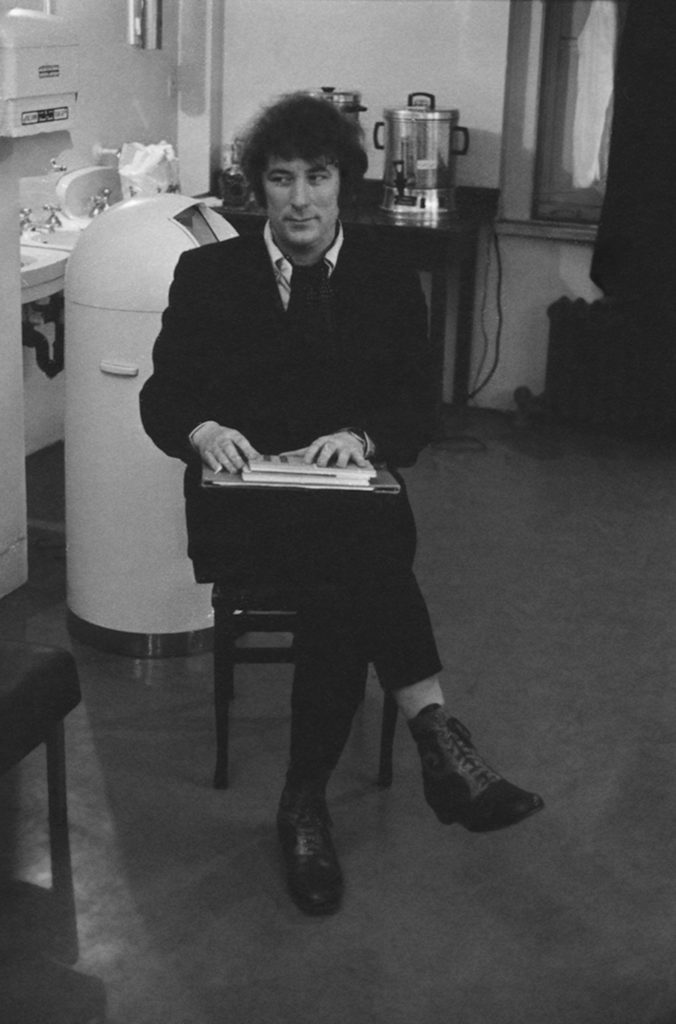
There is some evidence that Heaney himself composed this way. He left behind at the Bancroft Library a notebook containing drafts of poems that often began with simple key words like “gable” or strings of words such as “fire at the gable” that eventually became embedded in his uncollected poem “Intimidation.’
But Heaney’s influence was not solely on his students’ poetry. They also came to value his career advice, and especially later at Harvard, his modeling of how you could make a life out of writing poetry, and become, as one of his students, Kevin Young, now the poetry editor of The New Yorker, put it, “a poet in the world,” without international borders, as Heaney himself became, first in the U.S., at Berkeley.
Edward O’Shea, a retired SUNY professor, is the author of Seamus Heaney’s American Odyssey, just published by Routledge.





